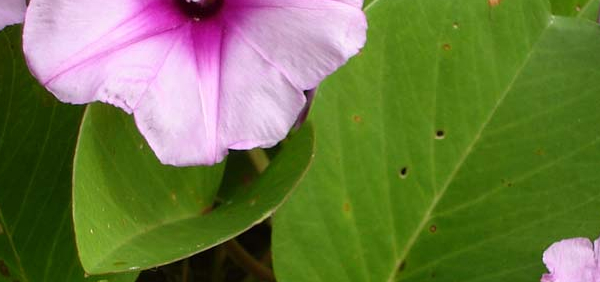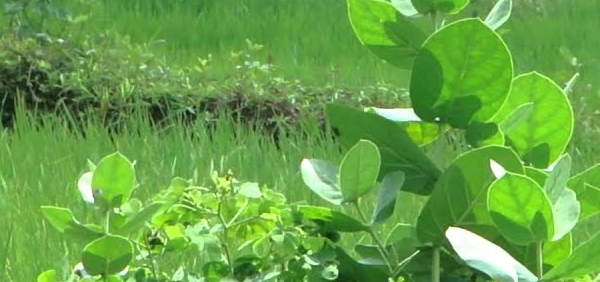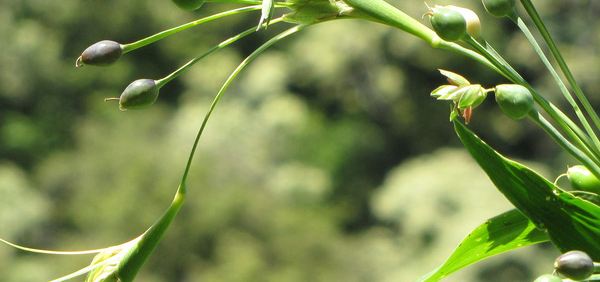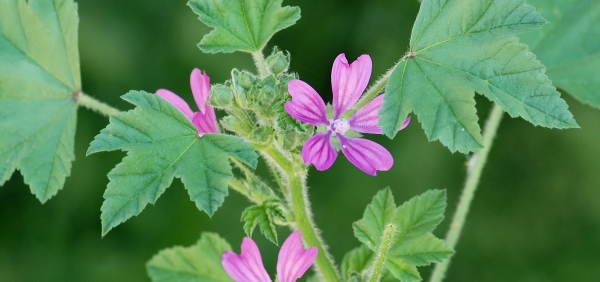latakasturikam :

Cultivation:
Ambrette is a hardy plant which can be grown in varied climate under tropical and subtropical conditions. It can be grown both as a rainfed crop and as an irrigated crop. It grows on well drained loamy and sandy loam soils. Loamy soils with neutral pH and plenty of organic matter are ideal for its cultivation. Musk of propagated through seeds. The optimum time of sowing is June-July with premonsoon showers. The land is prepared well by ploughing, harrowing and levelling. Well decomposed FYM or compost is incorporated into the soil at 10 - 15 t/ha. Ridges and furrows are formed giving a spacing of 60 - 100 cm. Seed rate is 2-3 kg/ha.Seeds are
soaked in water before sowing for 24 hours. Two to three seeds are sown per hole at 60 cm
spacing on one side of the ridge at a depth of 1 cm and covered with a pinch of sand or loose
soil. It takes 5-7 days for proper germination. After germination, extra seedlings are thinned
out leaving one healthy growing plant per hole within 20 days. Fertilisers are applied at
120:40:40 kg N, P2O5, K2O/ha generally. However, a dose 160:80:80 kg/ha is recommended
for best yields of seed and oil. Phosphorus is applied fully as basal. N and K are applied in
3 equal doses at planting, 2 and 4 months after planting. Fertilizers are applied 10 cm away
from the plants. For irrigated crop, field is irrigated soon after sowing. Irrigation is given
twice a week during the initial period and once a week thereafter. The field is kept weed
free by regular weeding during the growing period (Farooqi and Khan, 1991).
Musk plants suffer from pests like spider mites, fruit bores and leaf eating
caterpillars. Diseases like powdery mildew and wilt are also observed on the plant. Spider
mites and powdery mildew are controlled by spraying 30g wettable sulphur in 10 litres of
water. Pod borers can be controlled by spraying 20ml oxydemeton methyl in 10 litres of
water.
Harvesting:
The crop starts flowering about 75 days after sowing. The flowers set into fruits in 3- 4 days and the pods take nearly a month to mature. Flowering and fruit setting extends from October to April. Harvesting is arduous. Fruits have to be plucked as soon as they attain black colour; otherwise, they split and seeds scatter. Therefore, weekly collection of pods is necessary and in all 20-25 pluckings may be required as it is a 170-180 days duration crop. The fruits are further dried and threshed to separate seeds. The seed yield is 1-1.5 /haPostharvest technology
The oil is extracted from seed by steam distillation followed by solvent extraction.
The concrete of solvent extraction is further extracted with alcohol to get the absolute, that is,
the alcohol soluble volatile concentrate.
- » Classification and names of latakasturikam
- » Synonyms and definitions of latakasturikam
- » Drug Properties of latakasturikam
- » Chemical Constituents of latakasturikam
- » Standardization of latakasturikam
- » Parts used and Dosage of latakasturikam
- » Morphology and Histology of latakasturikam
- » Distribution and Conservation of latakasturikam
- » Cultivation of latakasturikam
- » latakasturikam in the market
- » Medicinal Uses of latakasturikam
- » Researches and clinical trails of latakasturikam
- » latakasturikam in other sytems of medicine
- » Ayurvedic formulations with latakasturikam
- » Images of latakasturikam














